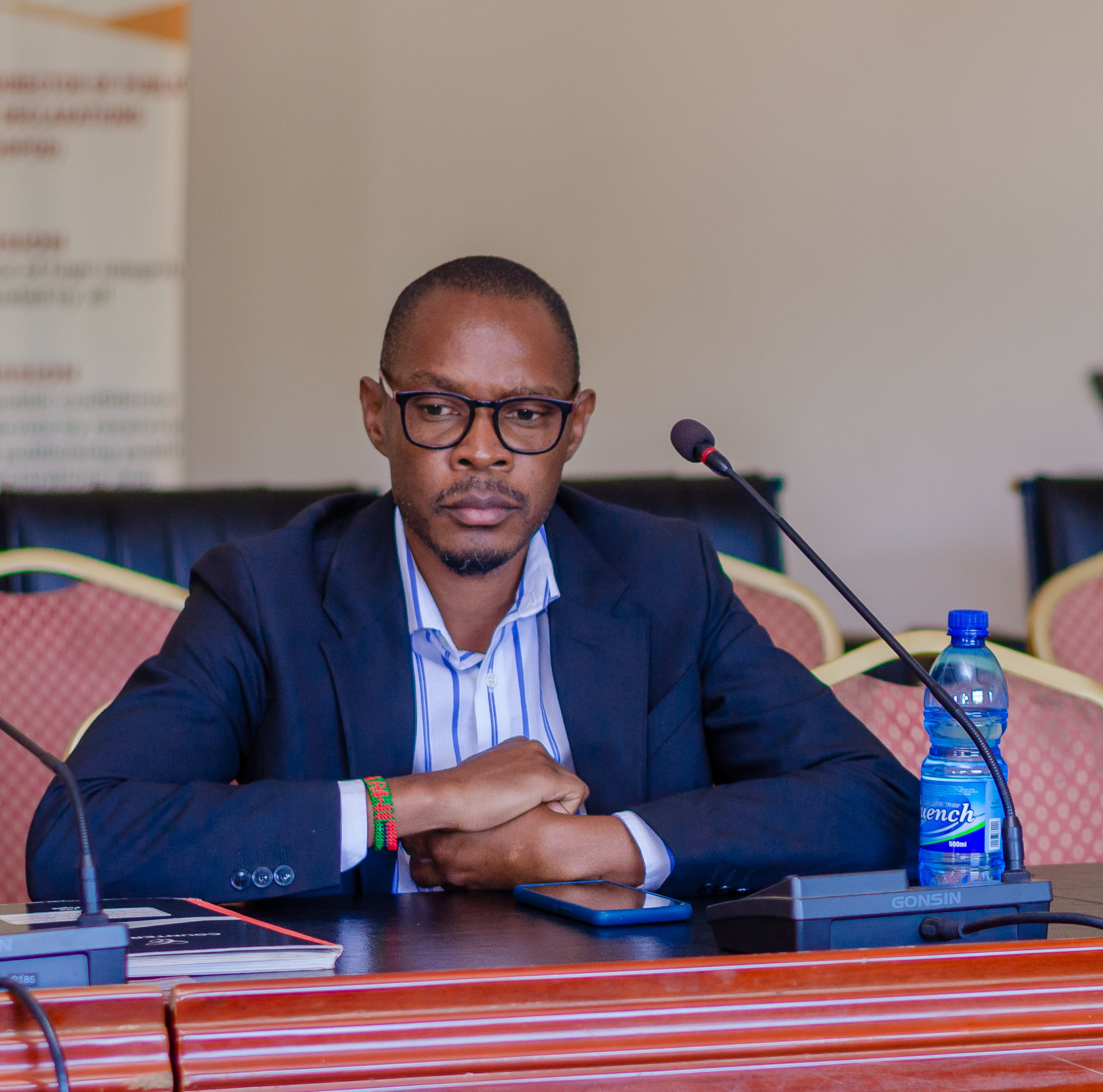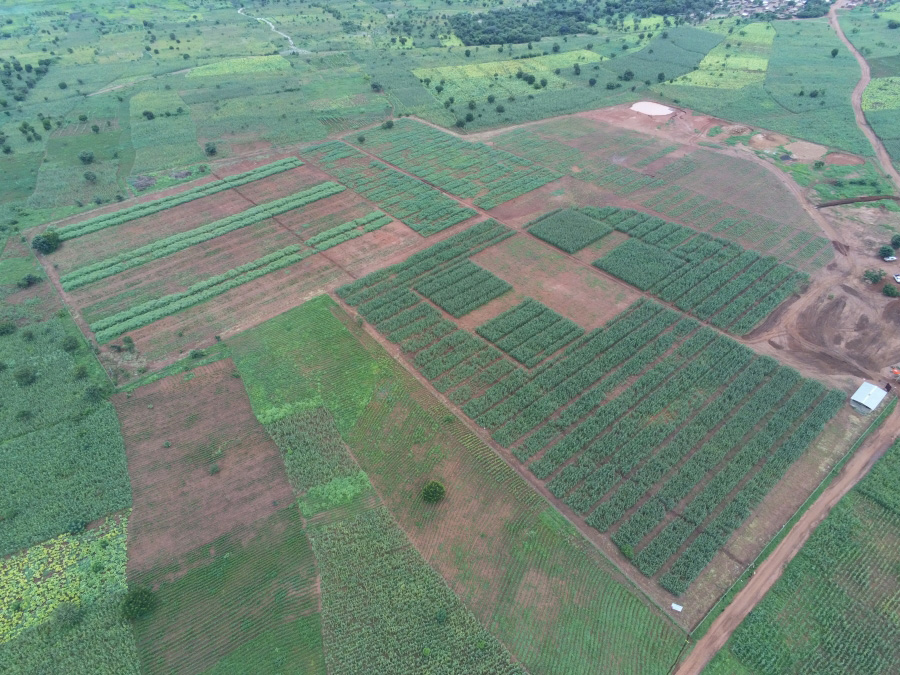By Modester Mwalija
The spread of Tuberculosis (TB) is on the rise among women miners in Southern Africa, creating a health crisis in the industry. With poor working conditions and limited access to healthcare, many women in the mining industry are at high risk of contracting the disease.
This issue was highlighted at the regional meeting of Southern African Development Community (SADC) Women in Mining Association, held from September 4th -7th 2024 in Johannesburg, South Africa.
Delegates from various SADC countries gathered to review the progress made since the implementation of the Tuberculosis in the Mining Sector (TIMS) initiative in 2012.
Federation of Women and Youth in Mining (FWYM) Secretary Linda Vyachi Mphande who represented Malawi emphasized that tuberculosis remains a significant health threat to women miners, particularly those in artisanal and small-scale mining (ASM).
"Women miners face unique health challenges that are not always addressed in the broader mining health programs," she said.
One of the key concerns she raised was that many women work in poorly ventilated environments and are exposed to silica dust, a major cause of TB and silicosis. These working conditions, combined with a lack of personal protective equipment (PPE), put women at a very high risk of contracting TB.
“Many women miners work in informal or unregulated sectors, meaning they lack access to health insurance or employment protections that could support them through illness,” said Mphande.
Mphande highlighted that women often have less access to healthcare services, particularly in remote mining areas. Even when services are available, social and economic barriers, including stigma, prevent many women from seeking timely treatment.
"There is a stigma around TB in mining communities, and women tend to face more discrimination when they seek treatment. This stigma, combined with gender bias in healthcare services, often leads to delayed diagnosis and poorer health outcomes for women compared to men," she explained.
Despite these challenges, Mphande said there are efforts within Malawi’s mining sector to address the issue of TB among women miners. Through TIMS, mobile health units have been deployed to rural mining areas to conduct screenings and offer treatment.
"TIMS has been a game-changer for many miners, but there’s still a need for more gender-sensitive approaches to ensure women miners are not left out," Mphande said.
She also appreciated the role of local and international organizations such as the FWYM and World Health Organization (WHO), which has been actively promoting health and safety awareness in mining communities. These organizations work closely with the government and health agencies to run campaigns focused on the prevention of TB and silicosis.
“The National Economic Empowerment Fund (NEEF) supports ASMs financially, which improves the economic conditions of ASMs, particularly women. These miners are better positioned to access healthcare services and protective equipment that reduces the risk of TB,” Mphande said.
However, Mphande believes that more needs to be done. "We need to ensure that PPE is designed specifically for women and that health services in mining areas are more inclusive. The lack of gender-specific health programs is still a major gap."
She called for stronger regional cooperation within the SADC framework, stressing that TB in the mining sector is a cross-border issue. Many miners in Southern Africa, including those from Malawi, migrate to work in mines across the region, increasing the risk of spreading TB.
She said: "Regional cooperation is key because TB does not stop at borders. We need to work together to standardize health policies and improve cross-border healthcare services for miners."
As for the future, Mphande sees great potential in expanding initiatives like TIMS and involving more stakeholders to ensure sustainable health interventions.
"Linking SADC Women in Mining with more partners will ensure that our efforts last beyond these meetings," she said.
However, she emphasized that addressing the gender-specific challenges women miners face will require more than just policy changes as it will need a shift in how health and safety issues in the mining sector are approached.
"We need to put women’s health at the center of these discussions if we want real progress," she said.
Mphande’s participation in the SADC meeting has shed light on the ongoing health crisis among women miners and the urgent need for more comprehensive, gender-sensitive interventions across the region. Her advocacy continues to push for better policies and more inclusive health solutions that prioritize the well-being of women in the mining industry.




































